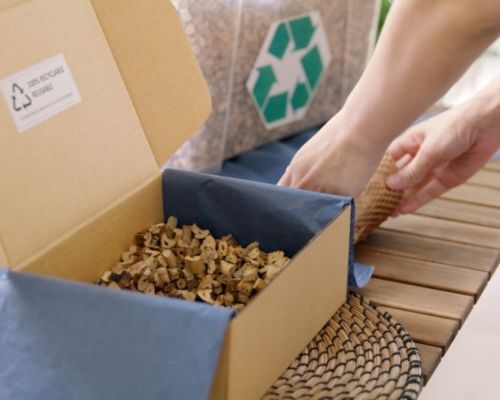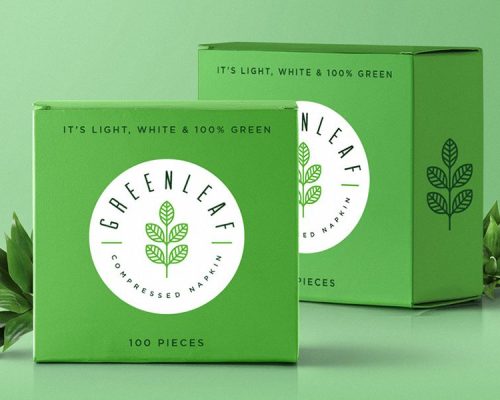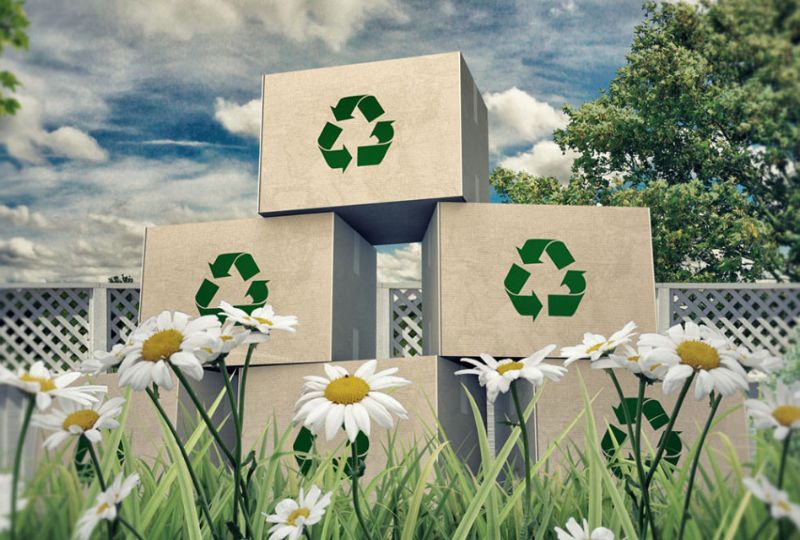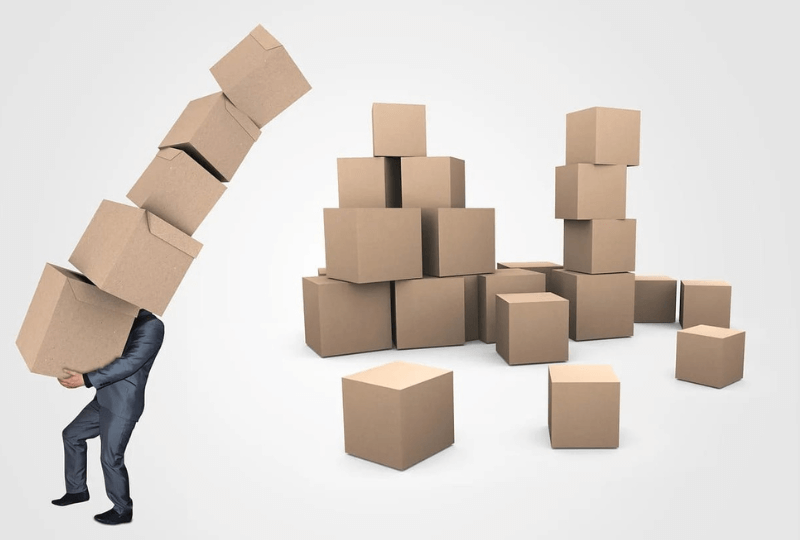In today’s world, where care about the environment is very important, eco-friendly packaging is very important everywhere. Businesses and consumers alike are becoming more and more aware of how important it is to switch to environmentally conscious policies. This makes using eco-friendly packaging options a virtual must. These methods have many environmental benefits that should be known all over the world.
Table of Contents
ToggleUnderstanding Eco-Friendly Packaging

Environmental sustainability is a top priority for eco-friendly packaging throughout its entire life cycle. It reduces damage to the environment by saving resources, encouraging recycling and the biodegradability and cutting down on the release of carbon dioxide. Bioplastics, recovered paper, and compostable materials are all common types of materials. Sustainable design ideas are used to make things more efficient and help with recycling.
How Green Packaging Helps the Environment and Economy

Green packaging offers a two-fold advantage by positively impacting both the environment and the economy. It reduces environmental harm through the use of renewable resources, waste reduction, and lower carbon emissions. Economically, it stimulates innovation, cuts operational costs, and taps into new markets focused on sustainability.
Top 12 Environmental Benefits of Eco-Friendly Packaging in 2024
Let’s delve into the top 10 environmental benefits of eco-friendly packaging:
- Waste Reduction
- Resource Conservation
- Energy Efficiency
- Carbon Footprint Reduction
- Wildlife Protection
- Recycling Promotion
- Air Quality Improvement
- Water Resource Preservation
- Sustainable Forestry Support
- Consumer Education and Awareness
1. Waste Reduction
Unlike traditional packaging, eco-friendly alternatives are designed to be recyclable, biodegradable, or compostable, significantly diminishing the volume of waste destined for landfills.
2. Resource Conservation:
Eco-friendly packaging materials are often derived from renewable sources like bamboo or recycled paper, reducing reliance on finite resources such as fossil fuels and virgin wood pulp. You can also see this guide Best Way to Store Cardboard Boxes.
3. Energy Efficiency:
The production of eco-friendly packaging typically requires less energy compared to traditional materials, resulting in substantial energy savings and reduced carbon emissions.
4. Carbon Footprint Reduction:
Opting for eco-friendly packaging options minimizes greenhouse gas emissions during production, contributing positively to climate change mitigation efforts. You May Also Like to Read Importance of Food Packaging.
5. Wildlife Protection:
Traditional packaging materials, especially plastics, pose threats to wildlife and ecosystems. Eco-friendly packaging, being biodegradable and less harmful, helps safeguard biodiversity and marine life.
6. Recycling Promotion:
Eco-friendly packaging encourages consumer participation in recycling programs, diverting materials from landfills and fostering a circular economy.
Read More: What Is Amazon Frustration-Free Packaging?
7. Air Quality Improvement:
Conventional packaging production and incineration release harmful pollutants into the air. Eco-friendly alternatives emit fewer pollutants, leading to improved air quality and public health.
8. Water Resource Preservation:
The manufacturing processes of traditional packaging often involve excessive water consumption and pollution. Eco-friendly materials prioritize sustainability, thereby preserving vital freshwater ecosystems.
9. Sustainable Forestry Support:
By utilizing recycled paper or cardboard, eco-friendly packaging reduces demand for virgin wood pulp, supporting sustainable forestry practices and protecting forest ecosystems.
10. Consumer Education and Awareness:
Choosing eco-friendly packaging communicates a company’s commitment to environmental responsibility, driving awareness and inspiring sustainable consumption habits globally.
Conclusion:
In conclusion, embracing Environmental Benefits of Eco-Friendly Packaging, from waste reduction to biodiversity preservation. Businesses worldwide have a crucial role in addressing environmental challenges by prioritizing sustainable packaging practices. Such initiatives not only align with consumer preferences but also position brands as leaders in corporate sustainability, contributing to a healthier planet for future generations.
Read Our Latest Guides:
FAQs:
- Reduces waste in landfills
- Decreases carbon footprint
- Conserves natural resources
- Minimizes pollution
- Breaks down naturally
- Reduces dependence on fossil fuels
- Lowers greenhouse gas emissions
- Supports sustainable resource management
Packaging plays a crucial role in reducing environmental impact by protecting goods, extending shelf life, and facilitating transportation. However, excessive and non-sustainable packaging can lead to pollution, resource depletion, and waste accumulation.
Biodegradable packaging reduces the burden on landfills, decreases pollution from non-biodegradable materials, conserves resources, and promotes the use of renewable materials, contributing to a healthier environment.
We can make packaging more environmentally friendly by using recyclable, biodegradable, or compostable materials, reducing packaging size and weight, promoting reusable options, and adopting sustainable production and distribution practices.

Meet Mary K, the talented author behind PackPaa. With a passion for innovative packaging solutions, Mary shares insights and expertise to elevate your business.

















